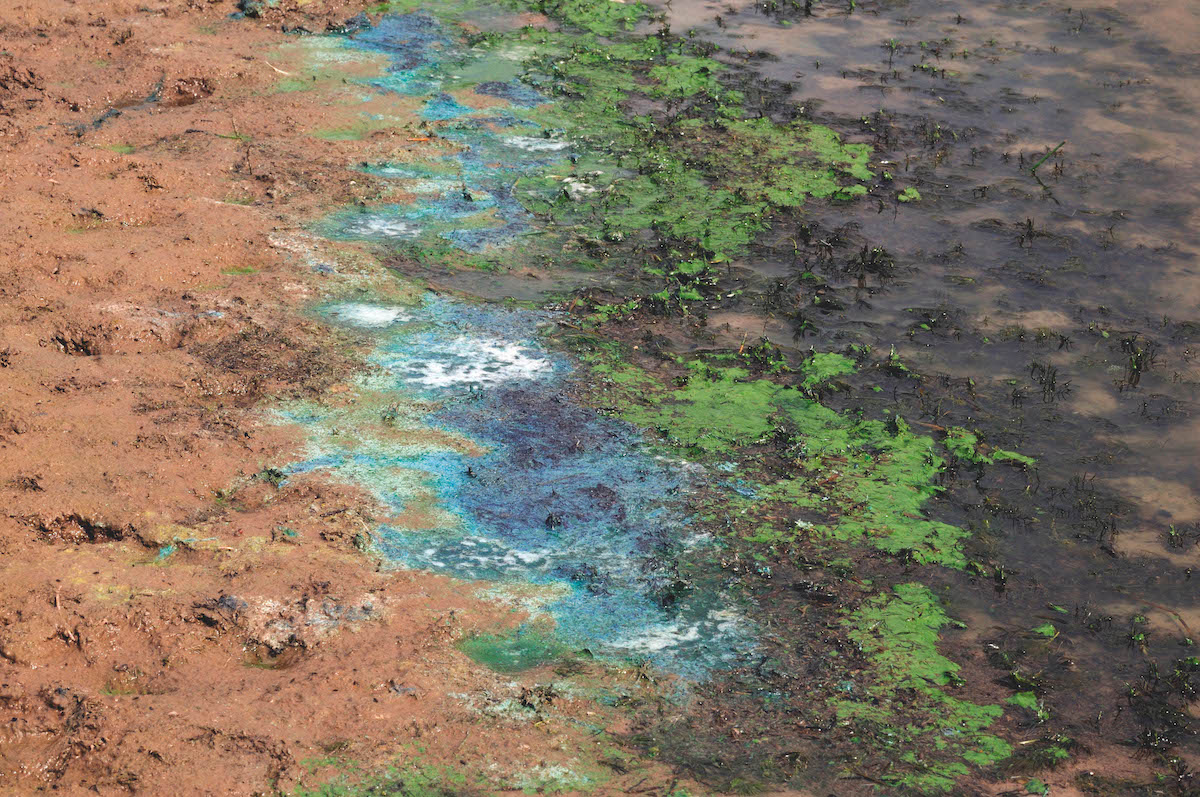Blue-green algae danger: it can be fatal to dogs
It's toxic, warns Tony Buckwell

Blue-green algae can contain toxins that are harmful to your dog
Shooting Times recently received this letter from a concerned owner of a working dog who was wondering about the dangers posed by blue-green algae. It’s certainly worth a read. (You might also like to read why you shouldn’t let your dog drink from puddles.)
Q: I have heard that there is a particular risk of dogs being poisoned from swimming in water that is contaminated with blue-green algae. How can I tell when it isn’t safe to let my dog swim?
A: This year, following the hot weather that has encouraged the proliferation of blue-green algae, there is a particular risk and dogs and other animals can be poisoned if they come into contact with it by swimming in or drinking contaminated water.
What is blue-green algae?
Blue-green algae is formed of bacteria called cyanobacteria that give the water a ‘pea soup’-like appearance.
Cyanobacteria are most commonly found in freshwater ponds, lakes, streams and brackish water, and are most abundant during these periods of hot weather. They can produce toxins (such as microcystins and anatoxins) and although many blue-green algae blooms are harmless, it is not possible to determine the presence of toxins without testing the water. So it is best to consider all algal blooms as potentially toxic, because ingesting only very small quantities of algae-contaminated water may result in fatal poisoning. (Read how to make your dog vomit.)
Signs of poisoning depend on the toxin. Microcystins cause liver damage and signs include vomiting, diarrhoea, blood in the faeces or black, tarry stools, weakness, pale mucous membranes, jaundice, seizures, coma and death, which generally follows within days as a result of liver failure. Anatoxin poisoning results in nerve damage and signs include excessive salivation, muscle tremors, muscle rigidity, paralysis, a blue discoloration of the skin and mucous membranes, and difficulty breathing. Death follows within minutes to hours of exposure as a result of respiratory arrest.
There are no antidotes for the toxins produced by blue-green algae, so immediate intensive veterinary care is essential.








